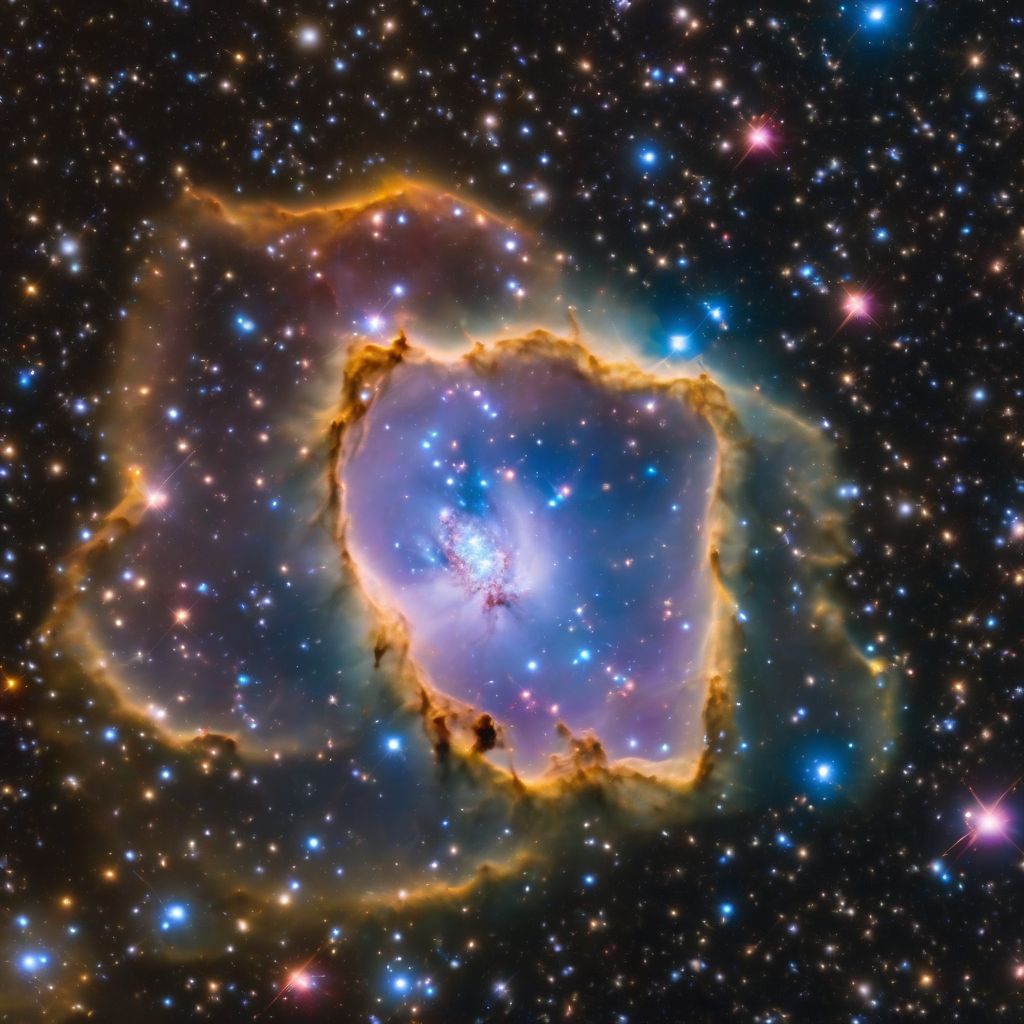Have you ever looked up at the night sky and wondered what secrets the universe holds? For centuries, humanity has gazed at the stars, seeking answers to fundamental questions about our place in the cosmos. Today, thanks to powerful space telescopes and observatories, we’re uncovering those secrets at an unprecedented rate. From the birth of stars to the existence of exoplanets, the latest discoveries are reshaping our understanding of the universe and our place within it.
Peering into the Depths of Space: A New Era of Discovery
The advent of sophisticated space telescopes like the James Webb Space Telescope (JWST), Hubble Space Telescope, and the Chandra X-ray Observatory has ushered in a golden age of astronomical discovery. These powerful instruments, positioned beyond Earth’s atmosphere, allow us to observe the universe in unprecedented detail, capturing light across a wide range of wavelengths, from infrared to X-rays. This multi-wavelength approach provides a comprehensive view of celestial objects, revealing information that would otherwise remain hidden.
James Webb Space Telescope: Unveiling the Early Universe
The JWST, launched in 2021, is the most powerful space telescope ever built. Its infrared capabilities allow it to peer through cosmic dust, revealing the earliest galaxies and stars forming just after the Big Bang. JWST’s observations are providing crucial insights into the evolution of galaxies, the formation of planetary systems, and the atmospheric composition of exoplanets. For instance, JWST has already captured stunning images of star-forming regions like the Pillars of Creation, providing a glimpse into the birthplace of stars.
 James Webb Space Telescope Discoveries
James Webb Space Telescope Discoveries
Hubble Space Telescope: A Legacy of Exploration
The Hubble Space Telescope, despite being launched over three decades ago, continues to deliver groundbreaking discoveries. From capturing iconic images of distant galaxies to measuring the expansion rate of the universe, Hubble has revolutionized our understanding of the cosmos. Its observations have helped astronomers determine the age of the universe, confirm the existence of supermassive black holes at the centers of galaxies, and study the atmospheres of exoplanets.
Chandra X-ray Observatory: Observing the Hot and Energetic Universe
Chandra, specializing in X-ray observations, unveils the hot and energetic universe, including exploding stars, black holes, and galaxy clusters. By detecting X-rays emitted by these objects, Chandra helps scientists understand the processes that drive these high-energy phenomena. For example, Chandra has provided crucial data on the distribution of dark matter in galaxy clusters, offering clues to the nature of this mysterious substance.
Exoplanet Discoveries: Searching for Other Worlds
One of the most exciting areas of astronomical research is the search for exoplanets, planets orbiting other stars. Space telescopes like Kepler and TESS (Transiting Exoplanet Survey Satellite) have discovered thousands of exoplanets, ranging from gas giants larger than Jupiter to rocky worlds similar in size to Earth. These discoveries raise the tantalizing possibility of finding life beyond our solar system. JWST’s ability to analyze exoplanet atmospheres will further enhance our understanding of these distant worlds and their potential for habitability.
The Search for Life Beyond Earth
The search for life beyond Earth is a driving force behind many space exploration missions. By studying the atmospheres of exoplanets, scientists can look for biosignatures, chemical indicators of life. The discovery of specific gases like oxygen, methane, or water vapor could suggest the presence of biological activity on these distant worlds. While we haven’t yet found definitive proof of extraterrestrial life, the ongoing research and technological advancements bring us closer to answering this fundamental question.
The Expanding Universe and Dark Energy
Space telescopes have played a crucial role in confirming the expansion of the universe and the existence of dark energy, a mysterious force accelerating this expansion. Observations of distant supernovae have revealed that the universe is expanding at an increasing rate, a surprising finding that has profound implications for the fate of the cosmos. Understanding the nature of dark energy is one of the biggest challenges facing modern cosmology.
The Future of Space Exploration
The future of space exploration holds immense promise. New telescopes and observatories, both ground-based and space-based, are being planned and developed, promising even more groundbreaking discoveries. These advancements will undoubtedly deepen our understanding of the universe and our place within it, pushing the boundaries of human knowledge and inspiring future generations of scientists and explorers.
Conclusion: A Universe of Discoveries
The latest discoveries from space telescopes and observatories are constantly reshaping our understanding of the cosmos. From the birth of stars to the search for exoplanets, these advancements are revealing a universe far more complex and awe-inspiring than we ever imagined. As we continue to peer deeper into the depths of space, we can expect even more remarkable discoveries that will challenge our current understanding and inspire further exploration. What new mysteries will the universe unveil next? Share your thoughts and theories in the comments below! Explore further by checking out our related articles on specific space telescope missions and the latest research on exoplanets.



